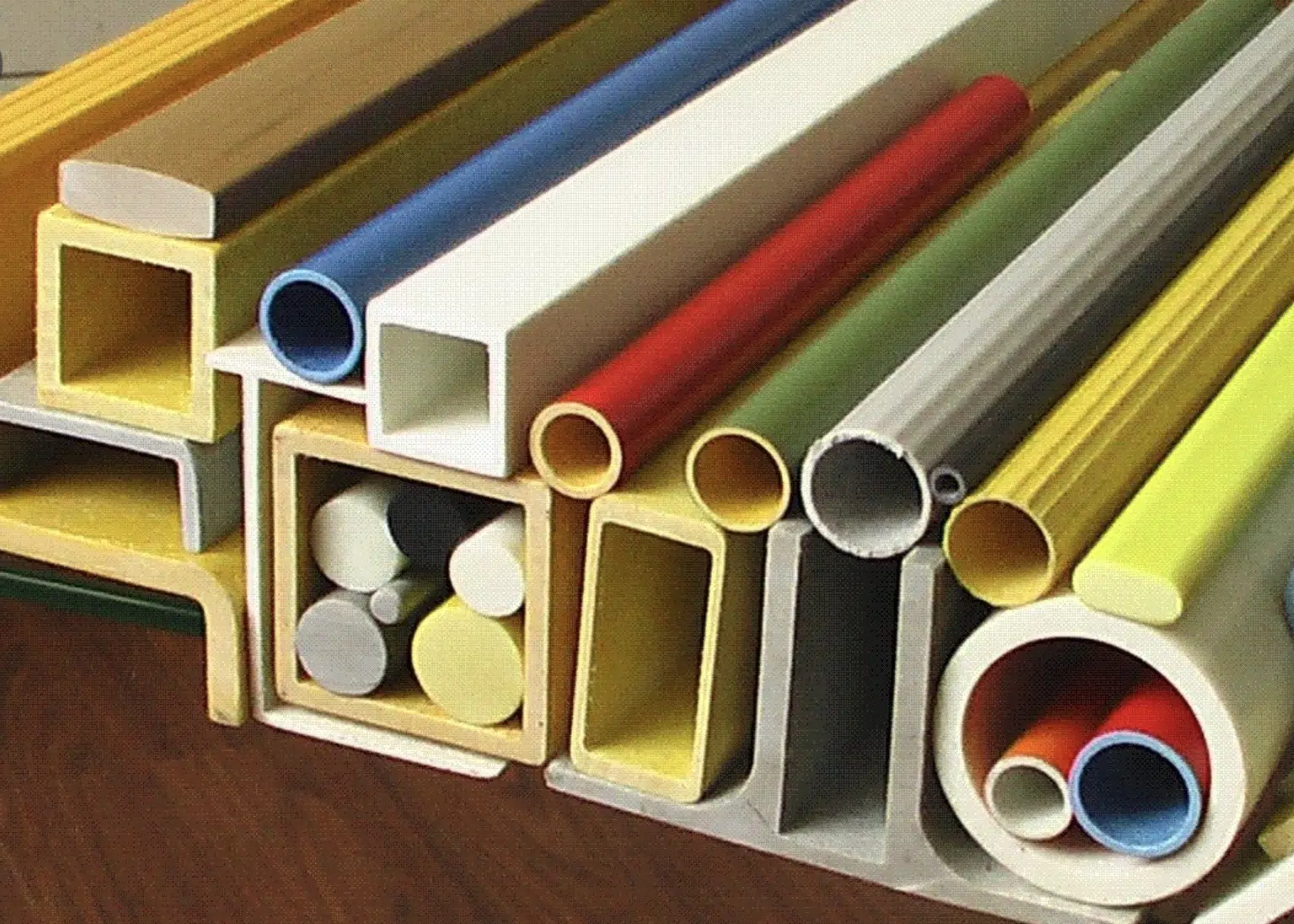Introduction
FRP, or Fiber Reinforced Plastic, is one of the most versatile and widely used materials in various industries today. Its combination of strength, durability, and lightweight properties has made it a popular choice in sectors ranging from construction to aerospace. In this article, we’ll explore what FRP is, the benefits it offers, and the diverse applications where it is transforming industries.

what is frp material
What is FRP Material?
FRP is a composite material made by embedding fibers into a resin matrix. These fibers, typically made from glass, carbon, or aramid, provide strength and reinforcement, while the resin (usually a thermoset resin) acts as a bonding agent. Together, these components create a lightweight, yet incredibly strong material that can withstand harsh environments and offer long-term durability.
Types of fibers used in FRP:
- Glass fibers are the most commonly used in FRP due to their strength and cost-effectiveness.
- Carbon fibers provide higher strength and are used in applications requiring extra strength, such as aerospace.
- Aramid fibers, like Kevlar, offer high impact resistance and are often used in safety equipment.
Key Characteristics of FRP
- High Strength-to-Weight Ratio:
FRP is known for being much lighter than metals, yet it maintains impressive strength. This makes it ideal for industries where weight reduction is crucial, such as automotive and aerospace. - Corrosion Resistance:
Unlike metals, FRP is resistant to corrosion, even in harsh environments like marine, chemical, or high-humidity areas. This property significantly extends the lifespan of FRP products. - Durability and Longevity:
FRP is highly durable and has a long life span with minimal maintenance requirements. This makes it a more cost-effective option in the long run. - Customizability:
FRP can be molded into a variety of shapes and sizes, making it adaptable for a wide range of applications, from intricate designs to large structural components.
Benefits of FRP Materials
- Lightweight Yet Strong
FRP is significantly lighter than metals such as steel, yet it offers similar or even superior strength. This is especially important in industries like automotive, where reducing weight can enhance fuel efficiency and performance. - Corrosion Resistance
FRP’s resistance to rust and corrosion makes it an ideal material for use in harsh conditions, such as marine environments and chemical plants. This resistance helps to prevent maintenance issues and extend the lifespan of products made from FRP. - Cost-Effectiveness
While the initial cost of producing FRP can be higher than other materials, its durability, low maintenance requirements, and longevity lead to long-term cost savings. - Flexibility in Design
FRP can be molded into complex shapes and customized for specific applications, making it versatile across industries like construction, automotive, and renewable energy.
Applications of FRP Materials
- Construction and Infrastructure
FRP is commonly used in the construction of bridges, building facades, and structural reinforcements. Its corrosion resistance makes it ideal for use in environments exposed to weathering and chemicals. - Automotive and Aerospace
FRP is used in the manufacturing of lightweight yet strong components for cars, airplanes, and spacecraft, improving fuel efficiency and reducing weight without compromising safety. - Marine Industry
The marine industry relies on FRP for constructing boats, ships, tanks, and offshore platforms due to its ability to resist saltwater corrosion and withstand harsh oceanic conditions. - Renewable Energy
FRP is essential in the production of wind turbine blades, where its strength-to-weight ratio makes it an optimal material for large, high-performance blades that need to withstand extreme weather conditions. - Electrical and Electronics
In the electrical industry, FRP is used for insulating components, electrical housings, and panels due to its resistance to electricity and its ability to withstand heat and pressure.
Challenges of FRP Materials
- High Initial Costs
The production of FRP can be expensive, particularly when using high-performance fibers like carbon. However, the long-term benefits often outweigh the initial costs. - Recycling Issues
While FRP offers many benefits, recycling it is more challenging than materials like metals or plastics. This is an ongoing area of research to make FRP more sustainable.
Future of FRP Materials
As industries seek more sustainable and efficient materials, FRP’s popularity continues to grow. Innovations in manufacturing, including the use of bio-based resins and 3D printing, are making FRP more accessible and cost-effective. As a result, FRP is poised to become a crucial material in emerging sectors like green construction and electric vehicles.
Conclusion
In conclusion, Fiber Reinforced Plastic (FRP) is a versatile and durable material that offers numerous benefits across various industries. Its strength, corrosion resistance, and flexibility make it a valuable choice for a wide range of applications, from construction to renewable energy. As manufacturing techniques improve, the future of FRP looks even brighter, offering even more opportunities for innovation and sustainability.
Whether you’re considering FRP for a construction project or exploring its potential for use in automotive design, this material is worth serious consideration. What do you think—could FRP be the solution to your material needs?




























